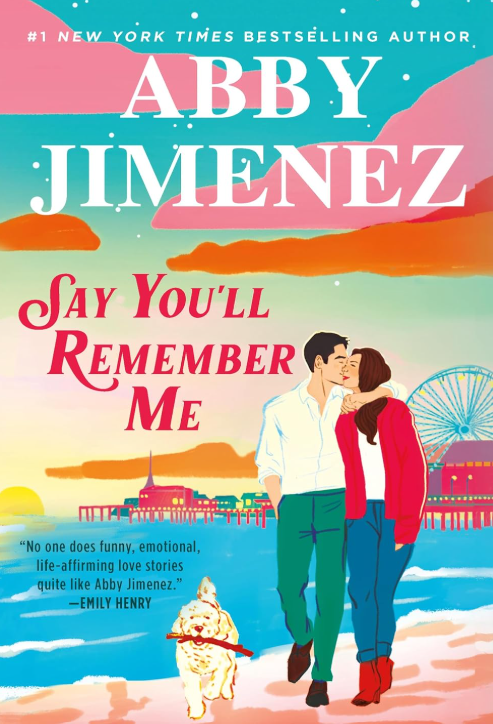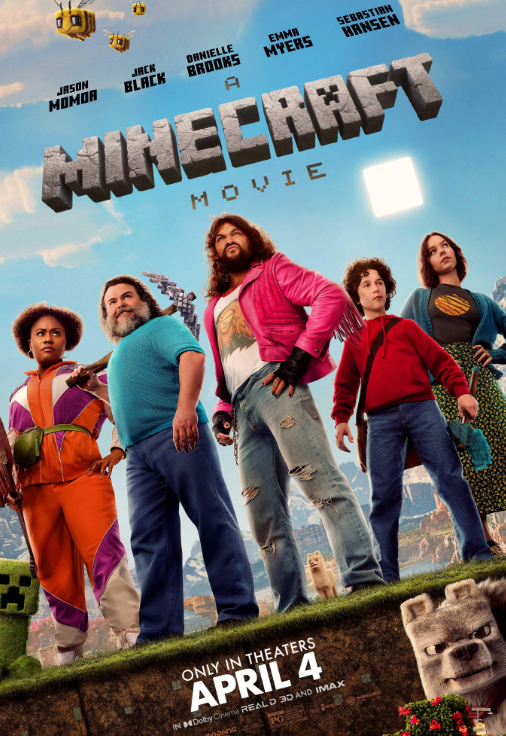With buzz surrounding the upcoming remake of the classic novel and film “The Great Gatsby” reaching paramount heights following the new trailer, the world of pop culture is taking a turn in a more classical direction. The movie will undoubtedly pique audiences’ interest in checking out the book, an aftereffect that will lead many to read one of the world’s most widely acclaimed novels. And while in my last column I regarded the notion of remakes as possibly stifling to original creativity, it is important to note that one positive benefit of the trend is the inspiration it gives to younger viewers to read classics of global literature.
In the same vein of the “superhero movie” trend that struck Hollywood and led to so many remakes and adaptations of comic book supernatural characters, the film industry seems to be following up by delving into a “classics remake” trend.
Several new adaptations of American and British literatures’ finest have already begun the pattern. “Pride & Prejudice,” Joe Wright’s 2005 film starring Keira Knightley and Matthew Macfadyen, brought new life to Jane Austen’s 1813 love story. Tim Burton’s “Alice in Wonderland,” as mentioned in previous columns, is another film that contributed to the classical trend and its educational aftereffects. I can testify to purchasing and reading the original “Alice in Wonderland” after viewing Burton’s piece, and I was only one of many.
Rumors of a remake of Ray Bradbury’s “Fahrenheit 451” have been floating around for years, and the reality of such an idea would not only provide fantastic entertainment but also further prod younger generations to engage with the best classical writers’ works. While the 1966 film based on Bradbury’s book was, for the most part, critically acclaimed, a 21st century version could provide a rejuvenating spin on the science-fiction story. A horror flick based on a Lovecraft novella, an updated adaptation of a Hemingway book, or even another Fitzgerald tale given new life on the silver screen – any of these would contribute to the film community and, hopefully, garner new respect for the original masterpieces.
Understandably, filmmakers can only attempt so much in the realm of classics. To try to squeeze Steinbeck’s “The Grapes of Wrath” or Tolstoy’s “War and Peace” into an updated two or three hour movie could easily be disastrous, and horribly discrediting to the original works. But shorter pieces, such as “The Great Gatsby” and “Of Mice and Men” are better suited for filmmakers to play with and bring moviegoers into the novels’ worlds.
In our age of information that is so consumed by Facebook notifications, Twitter updates and LinkedIn connections, it is refreshing to see some companies driving pop culture to look back on the original greats of storytelling. While Hollywood still needs to up the ante with new, original content, it isn’t a horrible trend that is occurring with the classical remakes. As with most other things, the key is moderation.








